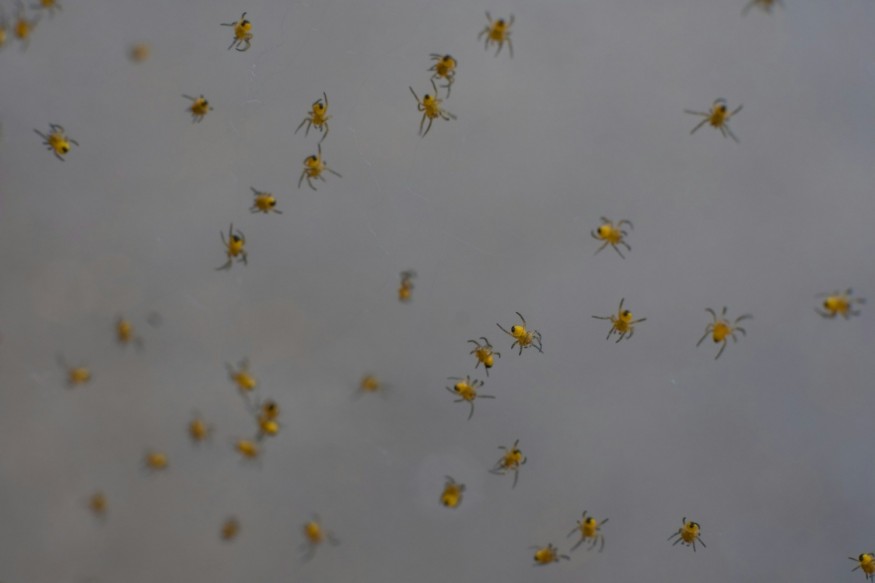Spiders on Mars, as a thought, could be in the realm of science fiction and entertainment. However, a recent report shows that a spacecraft by the European Space Agency (ESA) captured the presence of the apparent eight-legged arachnids on Martian soil. In reality, the objects observed on the Red Planet are nothing but a rare phenomenon that resembles the animals instead of actual "spiders."
Life on Mars is a subject often portrayed in popular culture and other forms of literature in the past. Astrobiologists assert that we have not discovered any life on Earth's neighboring Red Planet. Yet, research on Mars shows there is evidence it may have supported life in the past. While intelligent life could be out of the picture, the potential for at least microbial life is still not excluded.
Spiders on Mars

The ESA, during a recent news release, announced its Mars Express space exploration caught apparent signs of spiders on Mars, where they are scattered across the southern polar region. However, the space agency clarified, that rather than being actual spiders, the dark features observed occur when spring sunshine falls on layers of carbon deposited during the dark winter months.
Sunlight causes carbon dioxide ice located below the layers to be converted into gas; this allows the gas to build up and break through the ice. The process then drags dark material, which resembles the spiders on Mars, up to the surface as it goes up and destroys the layers of ice, the ESA explains. The site of the phenomenon was reported at Angustus Labyrinthus, near Mar's south polar cap.
The spider-like patterns reported on Mars were observed by the spacecraft ExoMars Trace Gas Orbiter, which was launched back in 2016 to study signs of possible life in Mars during its ancient past. Preceding the ESA spacecraft's recent findings, the Angustus Labyrinthus area was discovered by the National Aeronautics and Space Administration (NASA) in 1972.
Life on Mars
The apparent existence of spiders on the Red Planet is not the first time that scientists have come close to finding any signs of life on the Martian soil. Since scientists have not found any concrete evidence of life on Mars, the scientific community is still divided as to whether Martian life exists now or had its chance in the past. Regardless, previous research has shown that Mars was once like Earth.
Available data indicates that Mars possibly had environmental conditions that support life. In 2022, a study published in the journal Nature Astronomy suggests that microbes may have thrived on Mars billions of years ago. Yet, Martian microbial life potentially did not survive after succumbing to freezing temperatures "of their own making," as cited by the Scientific American website.
Researchers argue that microbial emissions may have influenced Mars' atmosphere which eventually killed them. They compared this phenomenon to an event somehow similar to Earth's Great Oxidation Event over 2 billion years ago when cyanobacteria emitted large amounts of gas into Earth's oxygen-deprived atmosphere.
© 2025 NatureWorldNews.com All rights reserved. Do not reproduce without permission.





